Çeşme is home to several historic buildings in various states of restoration or decay that reflect the town’s multicultural past and architectural richness. Among them, the recently renovated Çeşme Osmanağa Mansion is a fine example of Ottoman residential architecture. The Jewish Fabric Market on Maraş Street, which collapsed into ruin in 2009, tells the story of the once-thriving Jewish community involved in commerce in Çeşme.
With its nostalgic mid-century charm, the Akdeniz Hotel on Cumhuriyet Meydanı (Republic Square) in the centre of modern Çeşme represents a bygone era of tourism in the town. The Aya Yorgi Church & Monastery, of which there is now minimal trace and is set to be wiped from history with a housing development, is a testament to the region’s Greek Orthodox heritage. The Tomb of Mehmet is a 19th-century Ottoman mausoleum, reflecting classical architectural elements with its elegant stone structure, commemorating an important local figure from the period.
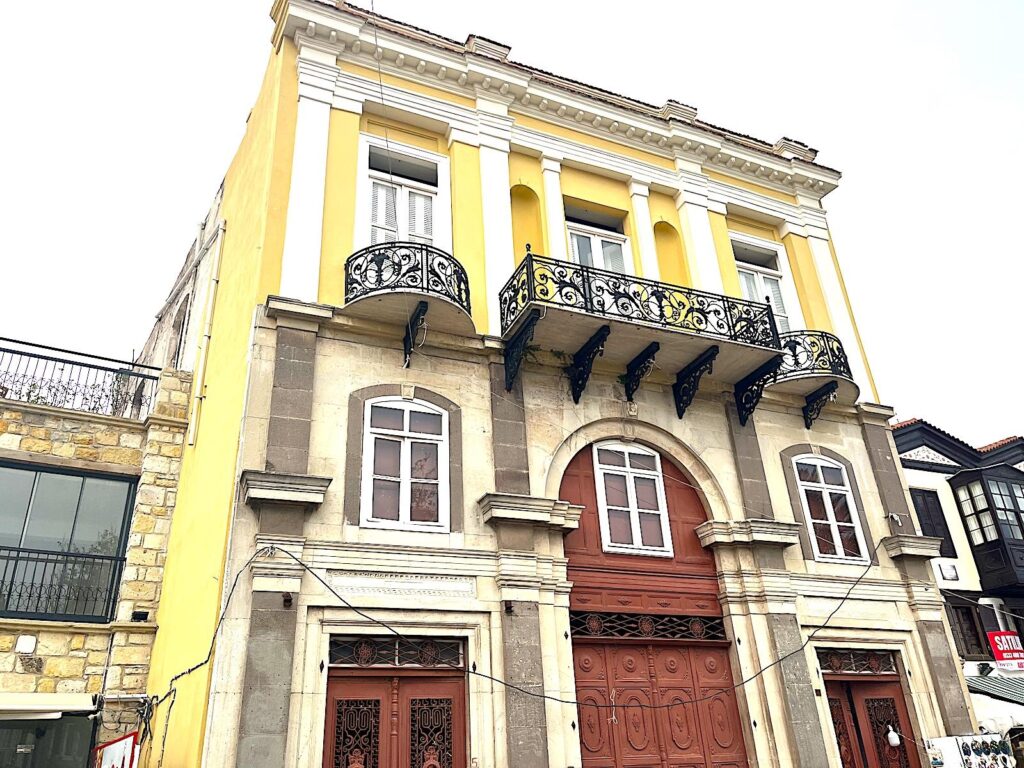
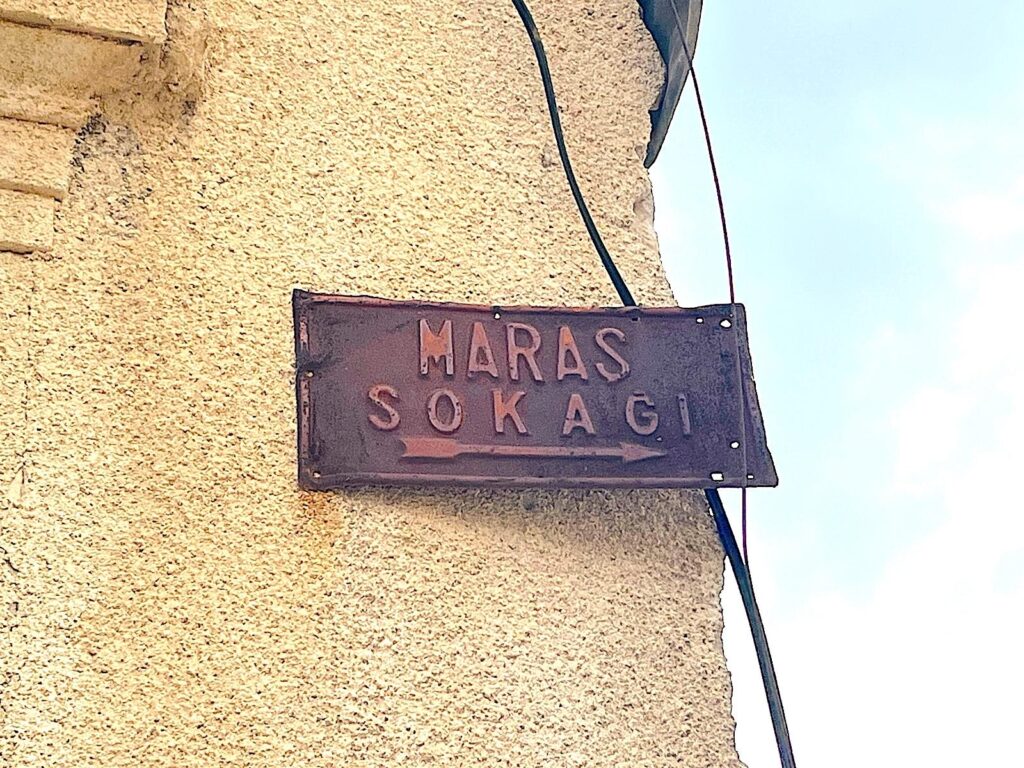
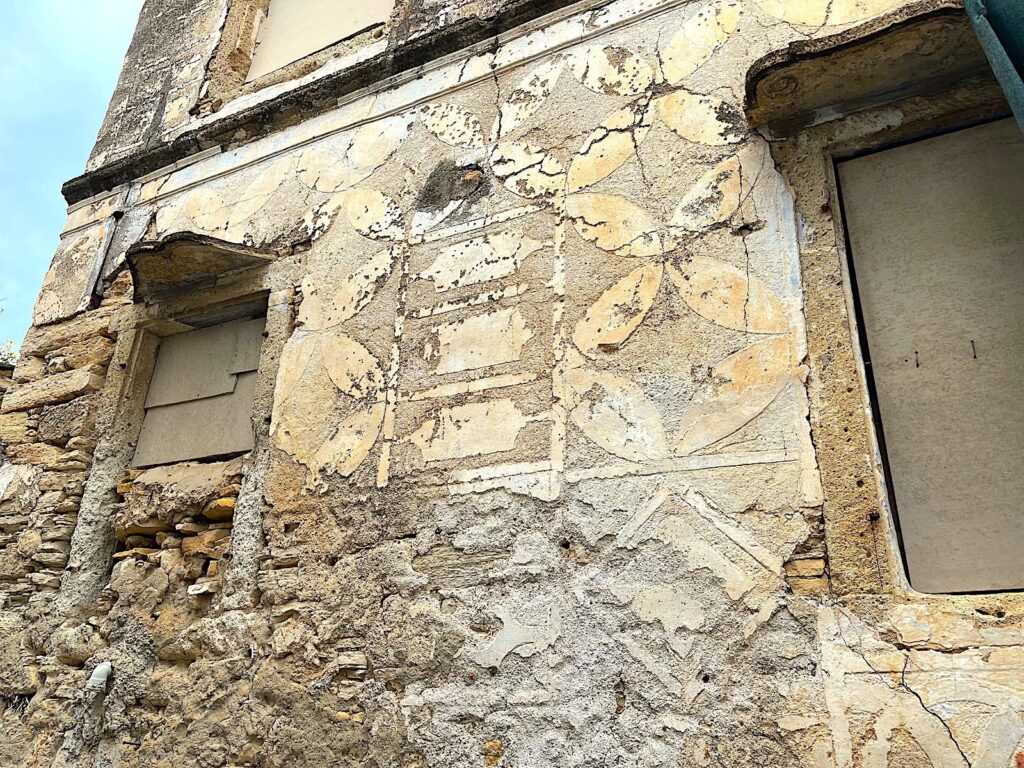
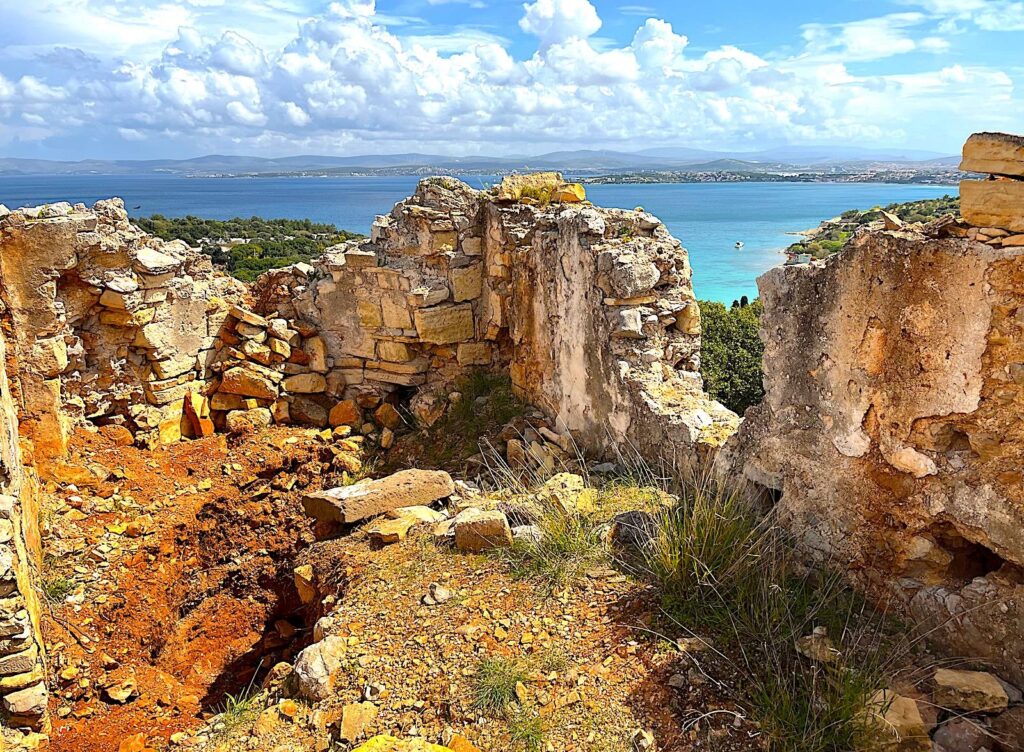
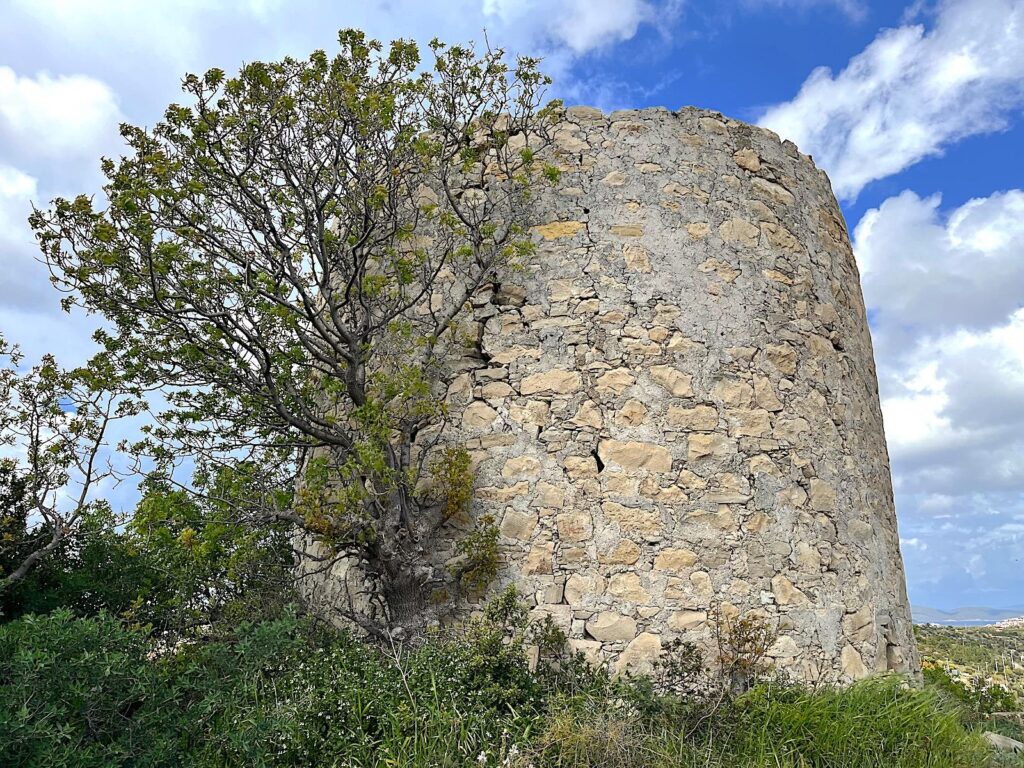
Each of these structures, with its unique history and architectural style, forms an essential part of Çeşme’s identity, offering a glimpse into the town’s diverse past and role as a cultural crossroads. However, these historic buildings face an increasing threat from neglect and rapid urban development. Many have suffered from years of abandonment, with structural decay setting in due to a lack of proper conservation efforts. Simultaneously, Çeşme’s growing popularity as a luxury tourism destination has led to an influx of developers eager to replace old structures with modern hotels, resorts, and residential complexes.
Without strict preservation policies, these irreplaceable landmarks risk disappearing, erasing the architectural and cultural heritage that gives Çeşme its character. Protecting these buildings requires urgent action, including restoration projects, adaptive reuse strategies, and community-driven advocacy to ensure that the town’s history remains visible for future generations.
Other Çeşme Historic Buildings – Table of Contents
Existing and Rennovated Historic Buildings of Çeşme
Çeşme Osmanağa Mansion
Location: İsmet İnönü, 2015/1. Sk. No:41, 35930 Çeşme/İzmir
The Çeşme Osmanağa Mansion is a 346 square metre historic Ottoman-era residence located in the İsmet İnönü District, at the corner of Şekerci Hamam Sokak and 2009 Sokak. Built in the 18th or early 19th century, the mansion reflects traditional Ottoman architectural elements with its symmetrical layout, high ceilings, and ornate wooden details. The structure is typically characterised by its spacious rooms, expansive windows that allow for ample natural light, and intricate stonework, which showcase the craftsmanship of the period. Renovation was initiated in May 2011 and is still ongoing in 2025. In 2017, the İzmir Provincial Directorate of Culture and Tourism and Izmir Development Agency became responsible for preserving and restoring the mansion.
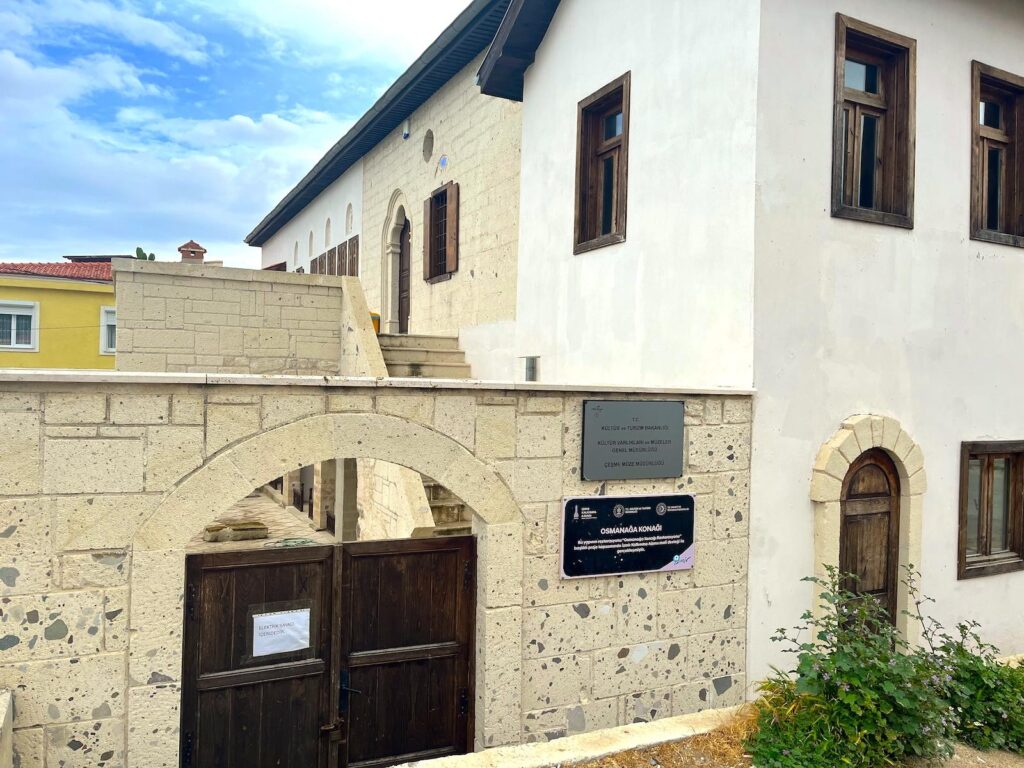
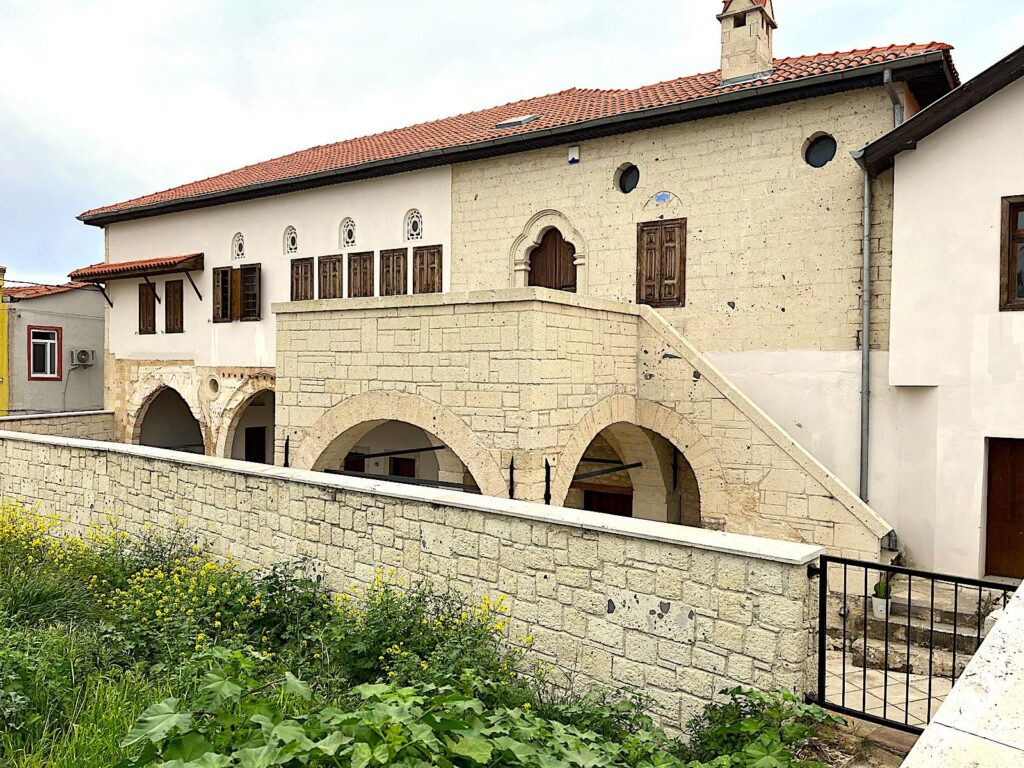
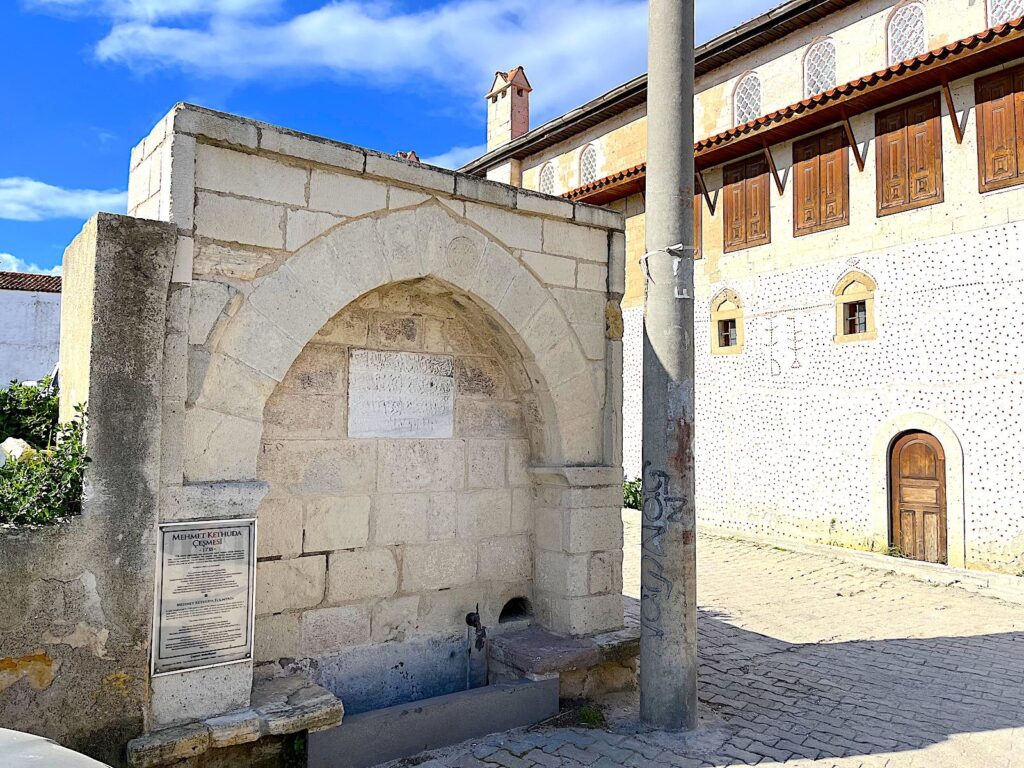
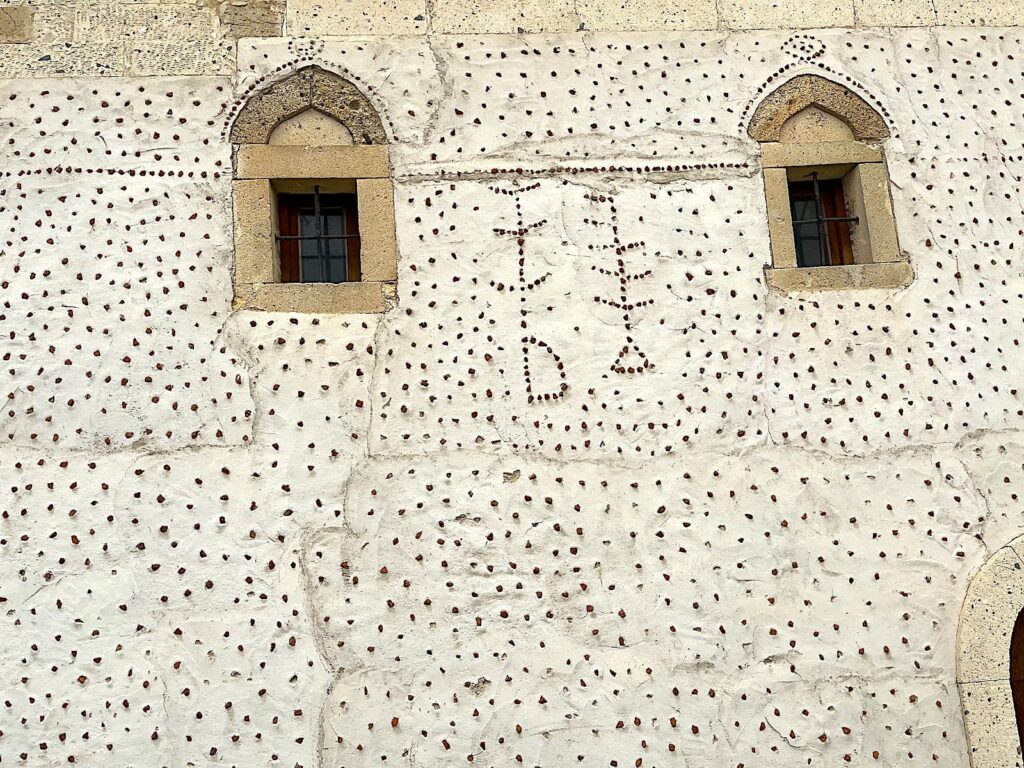
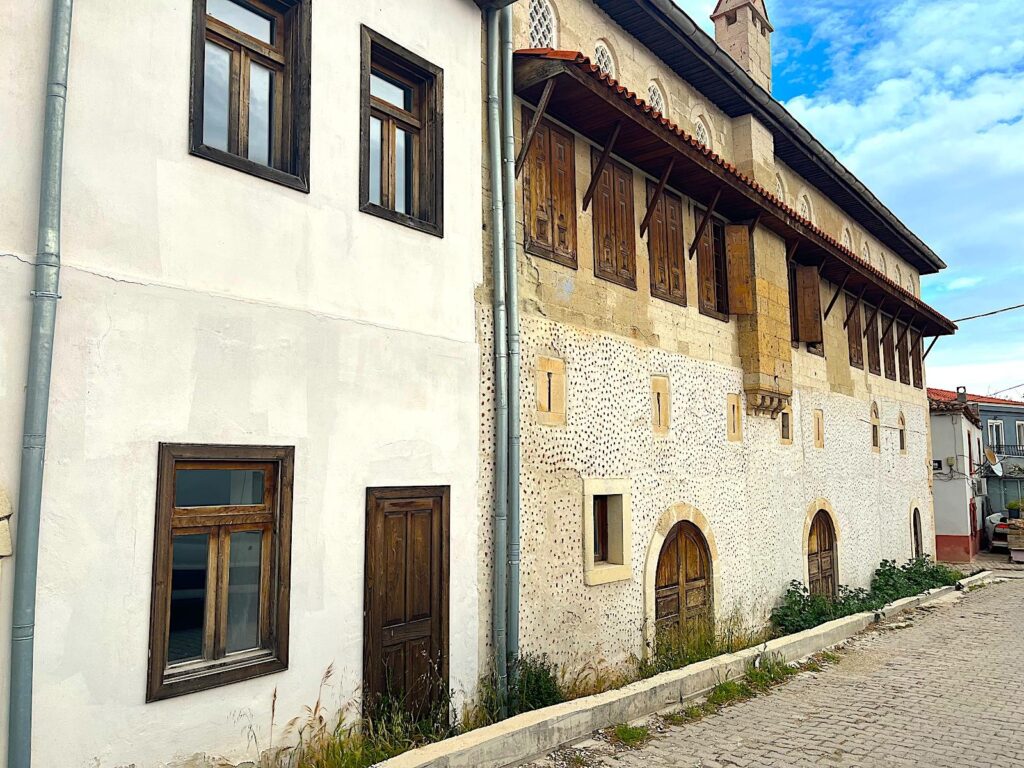
Today, the Çeşme Osmanağa Mansion is both a historical landmark and a representation of the town’s affluent past. While it may not be as widely known as other Ottoman-era mansions, it is appreciated for its architectural beauty and cultural significance. The Çeşme Museum will use the building as a museum and for administrative services.
It was reported in 2016 that a steel safe was found during the restoration of the mansion. The safe was found in a hole between the mansion’s walls and removed from the challenging location in the house. It has special seals and is made of iron and steel. It will be displayed in the mansion after it is turned into a museum. In the past, similar safes existed in the houses of families who dealt in trade, but there are not many examples of such safes.
Historic Akdeniz Hotel
Location: İsmet İnönü, Atatürk Blv. No:5/A, 35930 Çeşme/İzmir
The historical Akdeniz (Mediterranean) Hotel dates to the 1800s. The small but grand property occupies a prominent position on Cumhuriyet Meydanı (Republic Square) in the centre of Çeşme. Until 2021, the façade of the privately owned property was dilapidated and had to be fenced off, since it presented some structural danger to pedestrians on Atatürk Boulevard. Works have been carried out to strengthen and restore the property’s exterior. It is evident that work has been carried out inside, but the property is still a long way from being commercially functional.

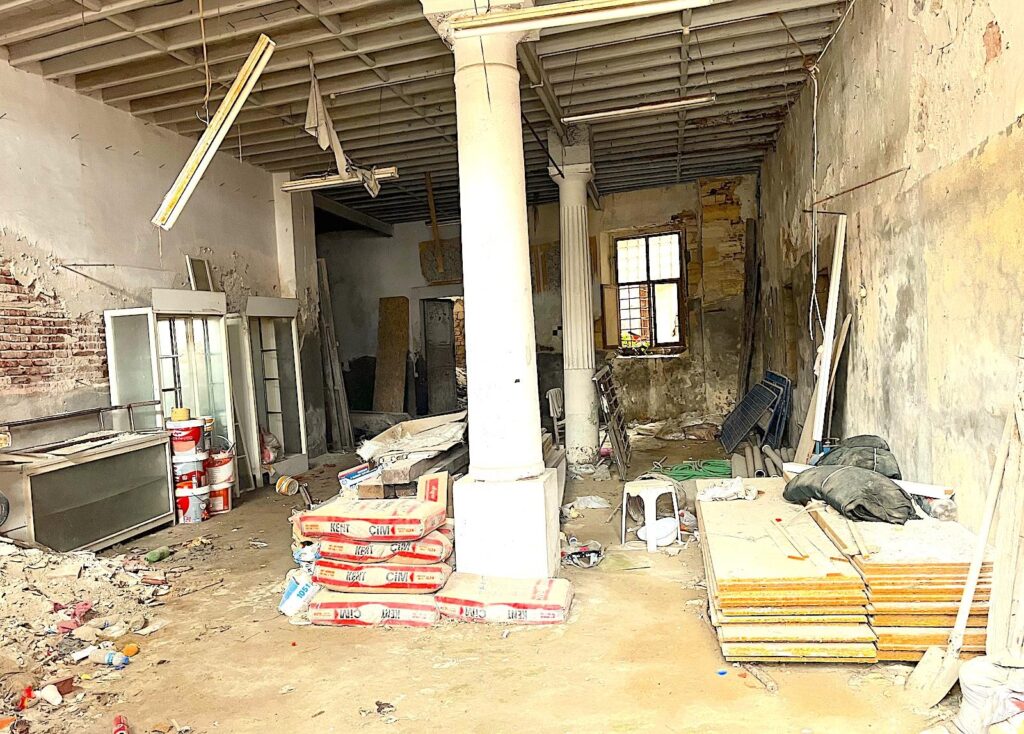
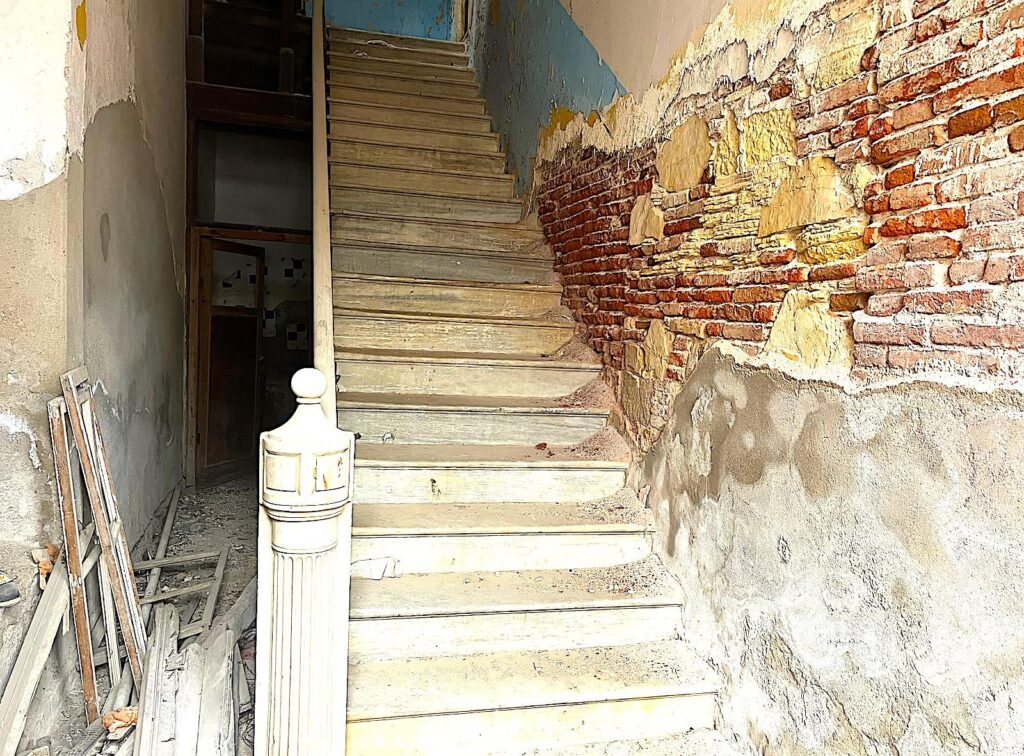
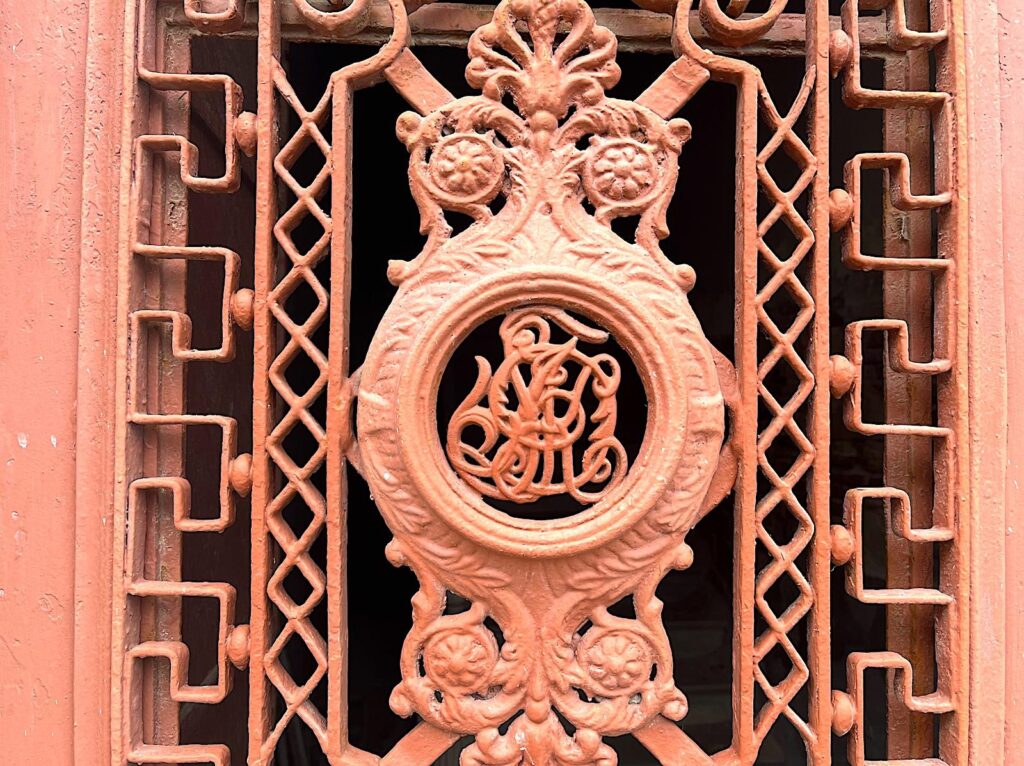

Tomb of Architect Ahmet
The Ottoman period tomb of Architect Ahmet, the son of Mehmet, is hidden behind vegetation and railings on the corner of 1021 sk. and 2032 sk. opposite the cemetery and Hamaloğlu Fountain. Architect Ahmet is considered to be the architect of Çeşme Castle, initially built in 1509. In contradiction to the general belief that the tomb is that of Architect Ahmet, the son of Mehmet, there is a sign on the doorway of the tomb which also attributes it to Harun Bey, the Commander of Chios.
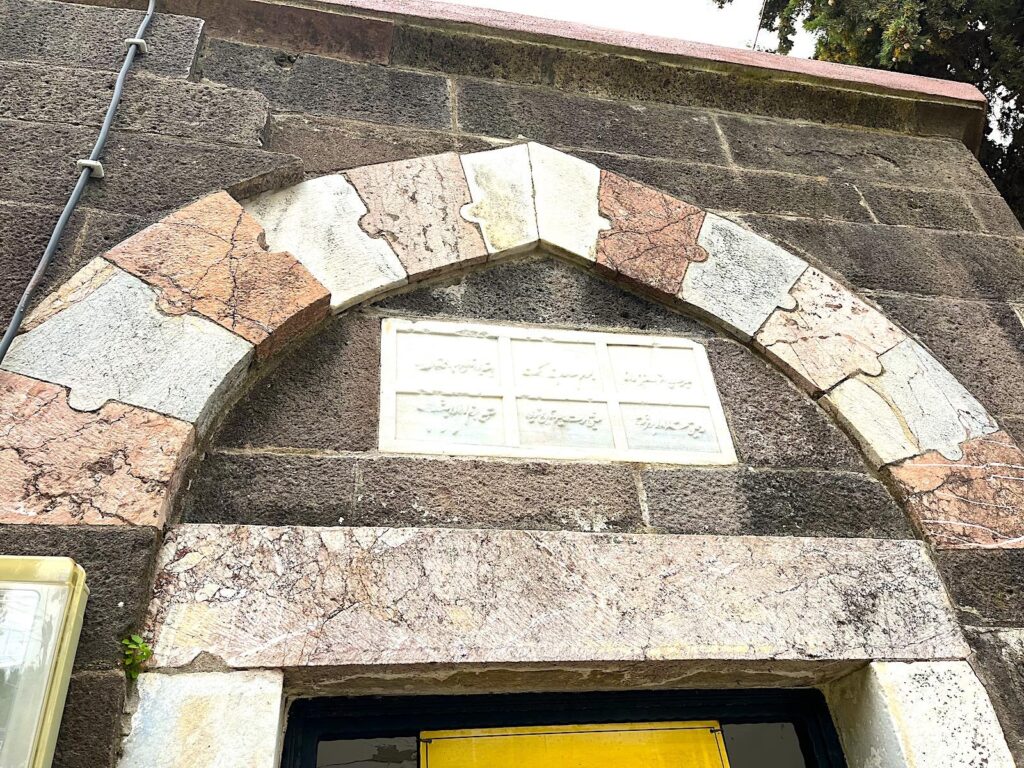
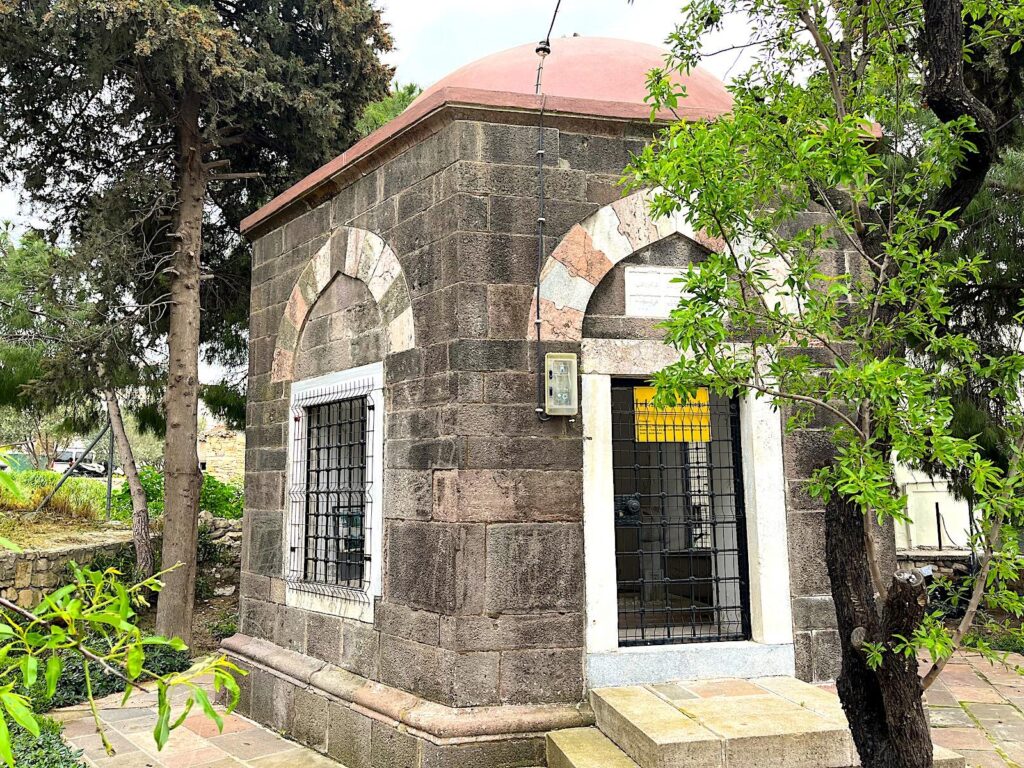

The tomb, with a hexagonal plan, has a single dome. On each façade, the doorway and window surrounds are white marble and protected with meshed iron bars. The opening on the north façade is arranged as an entrance with three steps. Arches above the door and windows are topped with coloured and white cut stone.
Çeşme Windmills
The last active mill that grinds flour in Çeşme was the mill on a hill overlooking Çeşme, in the southern part of Aya Yorgi Bay, today on 3079 sk. This mill actively ground flour until around 1950, and the original main grinding stone remains suspended inside that mill. Some of the stairs inside the windmill have survived to this day.
The stones used in the mills were generally extracted from the famous quarries in the Erythrai region (today Ildırı). These windmills were built in the 18th and 19th centuries as masonry buildings with rubble tuff stone and lime mortar. The propeller and its mechanism must be directed according to the changing wind direction, and for this reason, the entire roof is designed to rotate.
With a few exceptions, most of the building bodies were destroyed, and some, only the foundation stones remained; none of them had original mechanisms. A new development on the top of the hill between 3089 sk. and 3091 sk. has restored three of the windmills to their full original height, including the wooden roof structures.
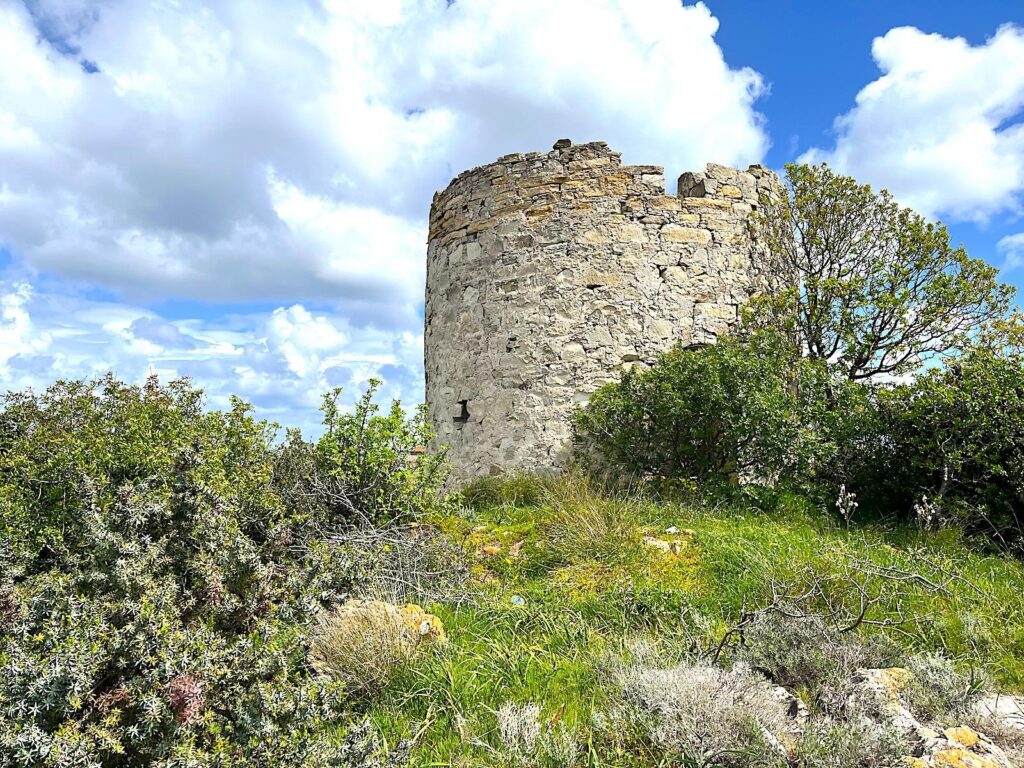
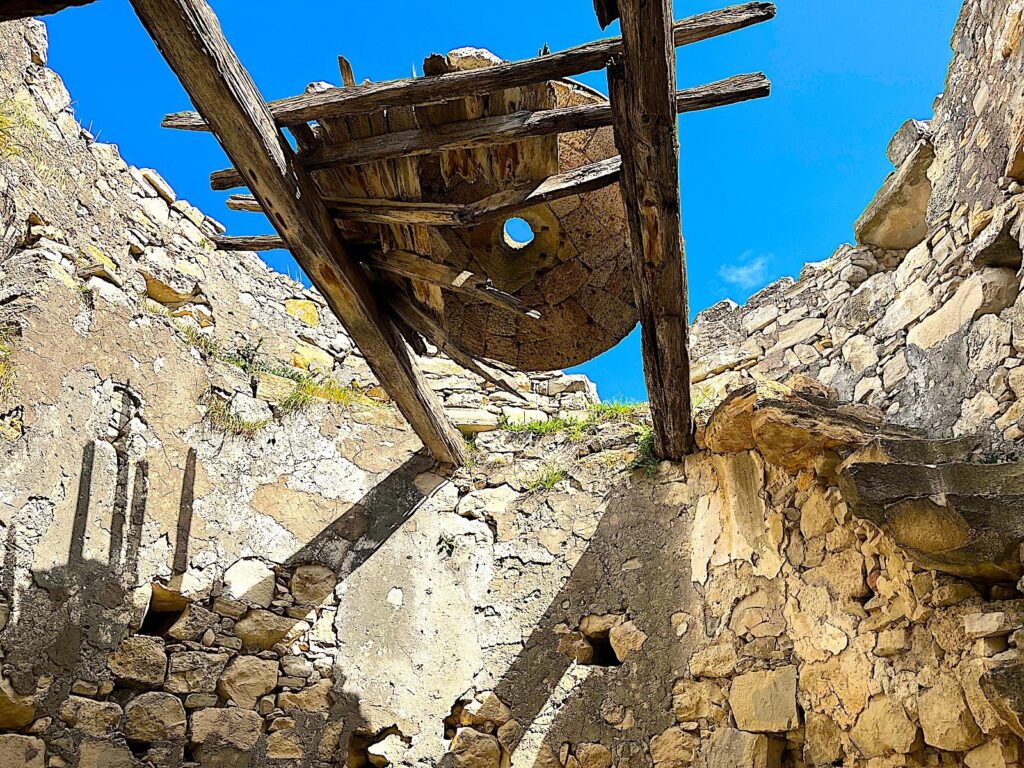
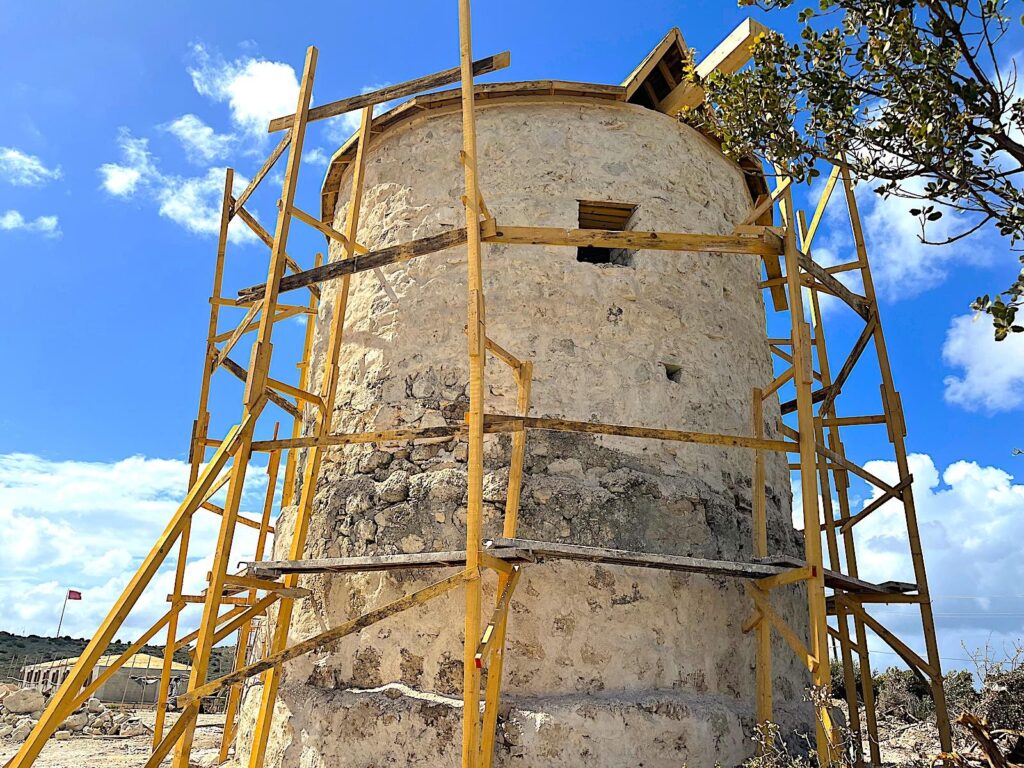

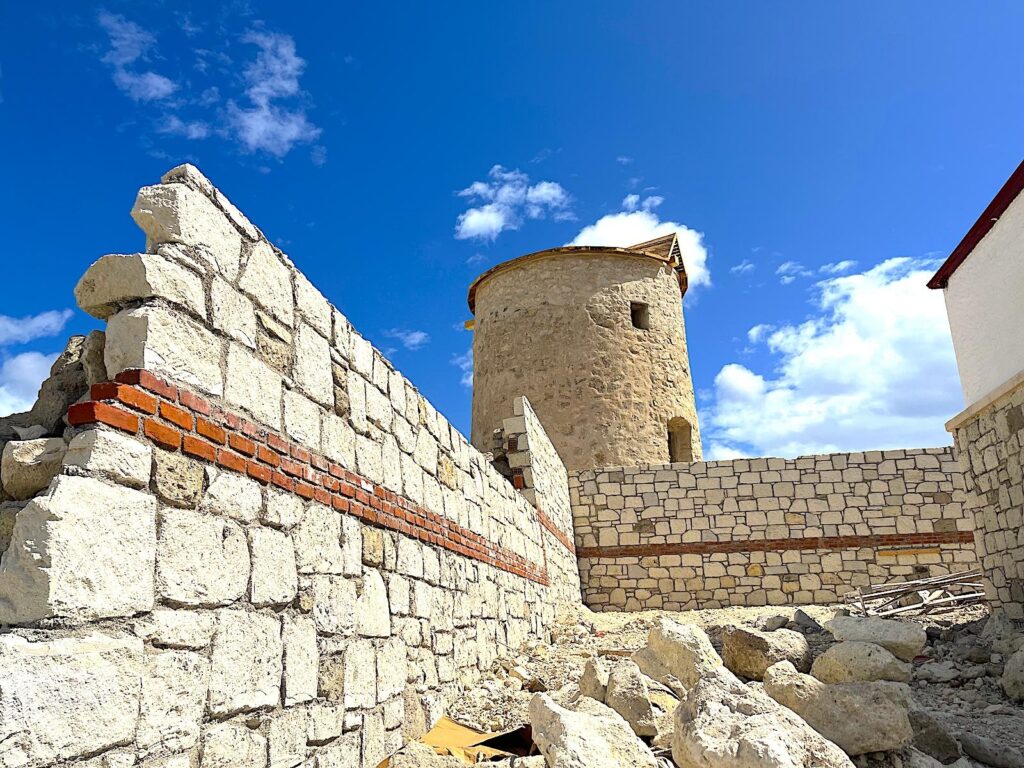
Inventory work carried out by the General Directorate of Cultural Heritage and Museums of Türkiye and carried out by the Çesme Museum Directorate on windmills, ten windmills up until 2024 10 windmills have been recorded. The rest of the windmills, which are known to have a total number of around twenty in Çeşme, have succumbed to time.
Ruins of Historic Buildings of Çeşme
Aya Yorgi Church and Monastery
Location: Sakarya, 35930 Çeşme/İzmir, Türkiye
The monastery named after Aya Yorgi (St. George) was built where it is believed that the Roman Empire martyred the saint during his efforts to spread Christianity. The picturesque bay beneath the monastery takes its name from the monastery constructed here. Situated on an elevation offering a full view of the bay, the monastery’s historic buildings and ruins are surrounded by a vast expanse of rugged terrain with a close network of jagged old stone walls, barbed fencing and thorny bushes. Little is known about the monastery, but it is understood to have been built in the 5th century A.D., on the hillside surrounded by tiny one-room houses, the residences of the monks and nuns who served the monastery.
The church ruins can be reached by an approximately 100-meter narrow path leading uphill on the right side of the Ayayorgi exit, or via the Dalyan road (3011 sk.) from the end of 4066 sok., behind the water station, slightly to the right and about 40 metres down the hill. In either case, the terrain’s rocks, fences and vegetation are somewhat challenging and require caution and appropriate footwear.
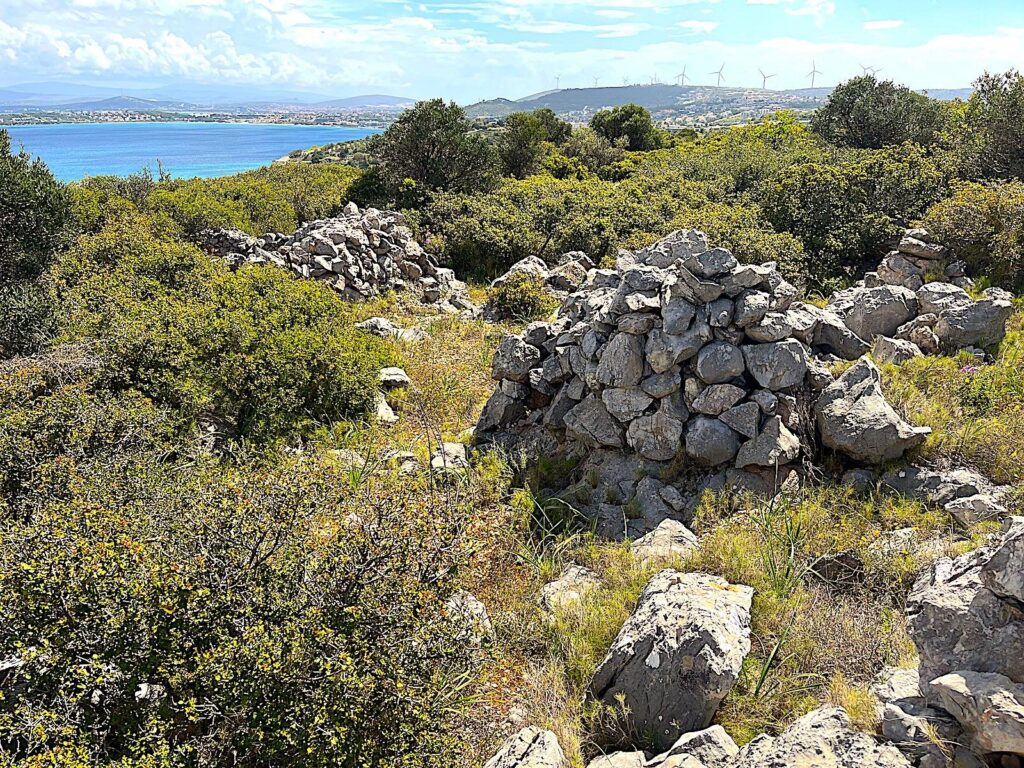
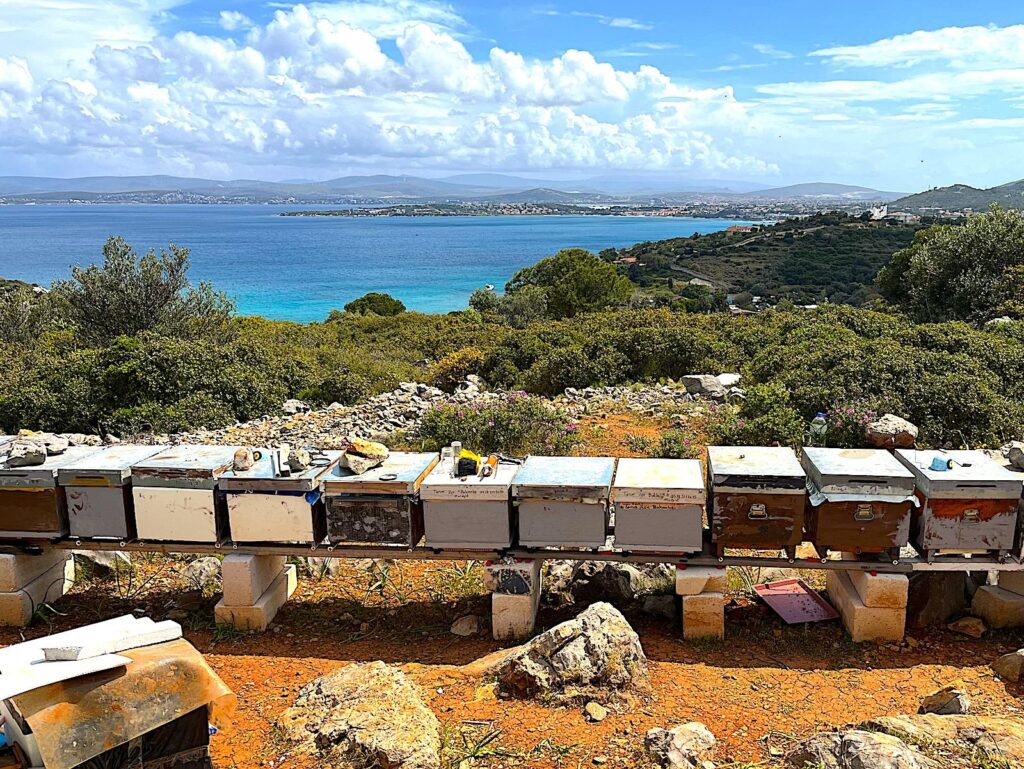

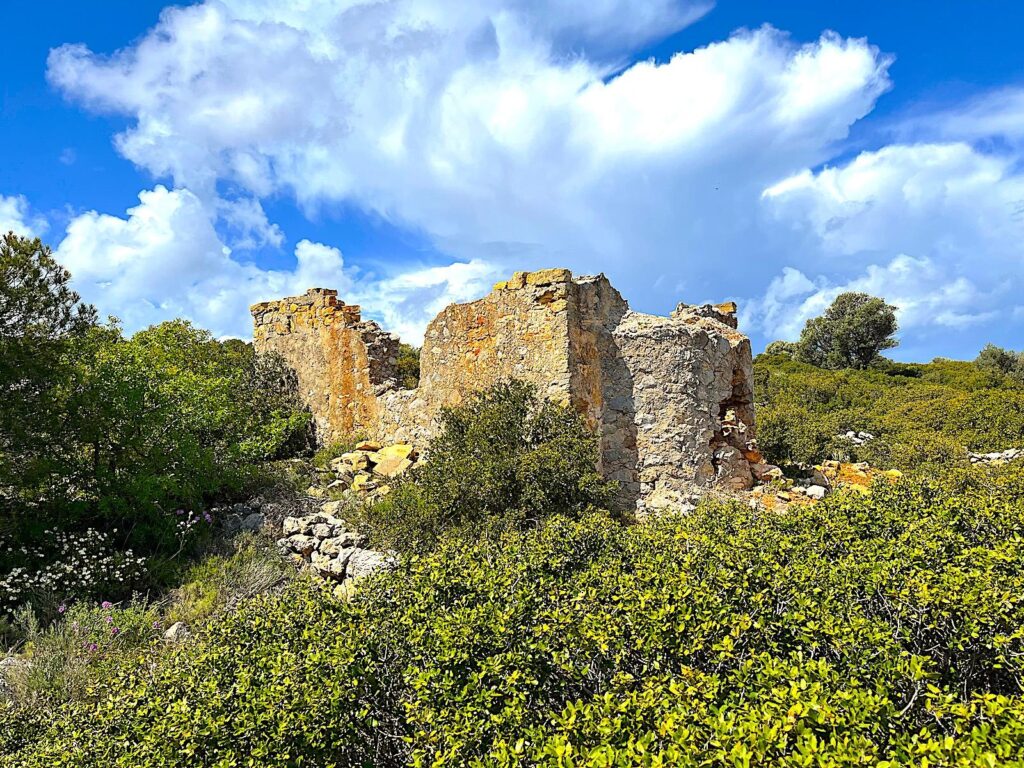

In February 2025, it was announced that the area around Ayayorgi Bay is set to undergo significant development following recent zoning changes. The new plans pave the way for residential, commercial, and hotel construction, raising alarms over the area’s ecological balance and these historic buildings. The Ministry of Environment, Urbanisation, and Climate Change approved zoning changes for Ayayorgi Bay, after court rulings and legal action from Izmir Metropolitan Municipality and Çeşme Municipality overturned prior attempts at rezoning.
The ministry has rezoned 372,000 square meters of land, allocating 54% to residential and commercial use, while only 22% is designated as green space. Several organisations, including the Izmir Chamber of City Planners, Çeşme Environmental Association, and Gucucek Bay Natural Life Protection Association, have filed lawsuits to block the new zoning plan.
Jewish Fabric Market
Location: İsmet İnönü, 2009. Sk., 35930 Çeşme/İzmir.
The Jewish Fabric Market near the historic building, Çeşme Osmanağa Mansion, collapsed in 2009 due to neglect. Part of a painted vaulted ceiling to the rear of the building can still be identified; however, there is no longer any trace of the building’s classic façade, and the plot is overgrown with a large fig tree and other vegetation.
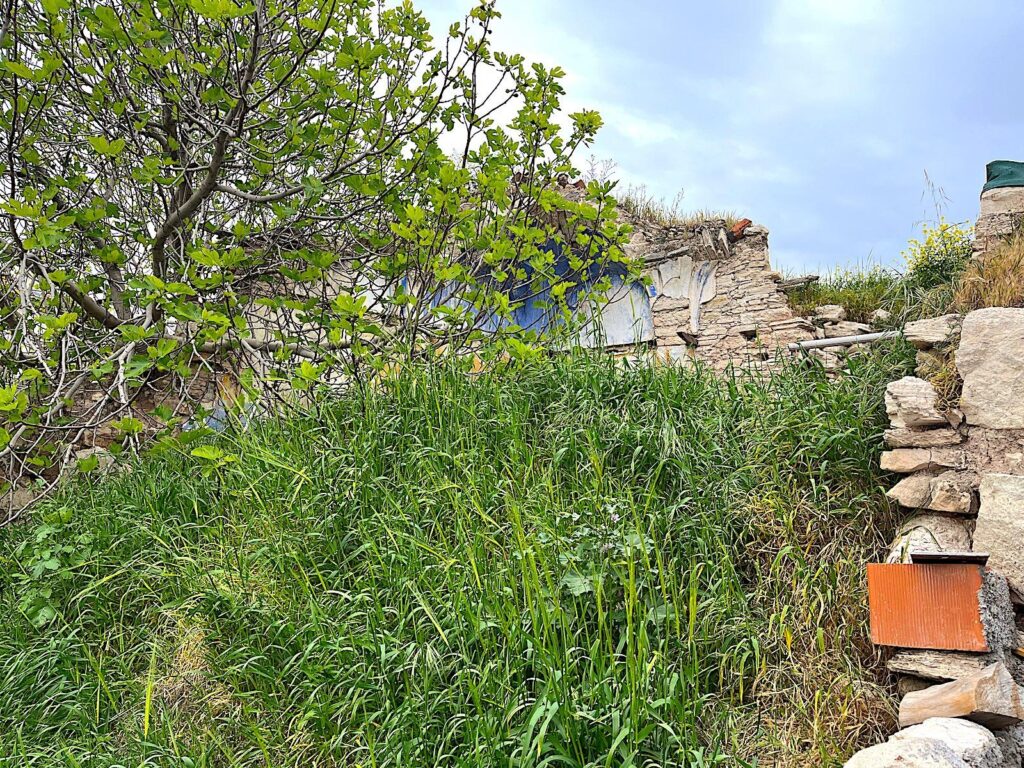
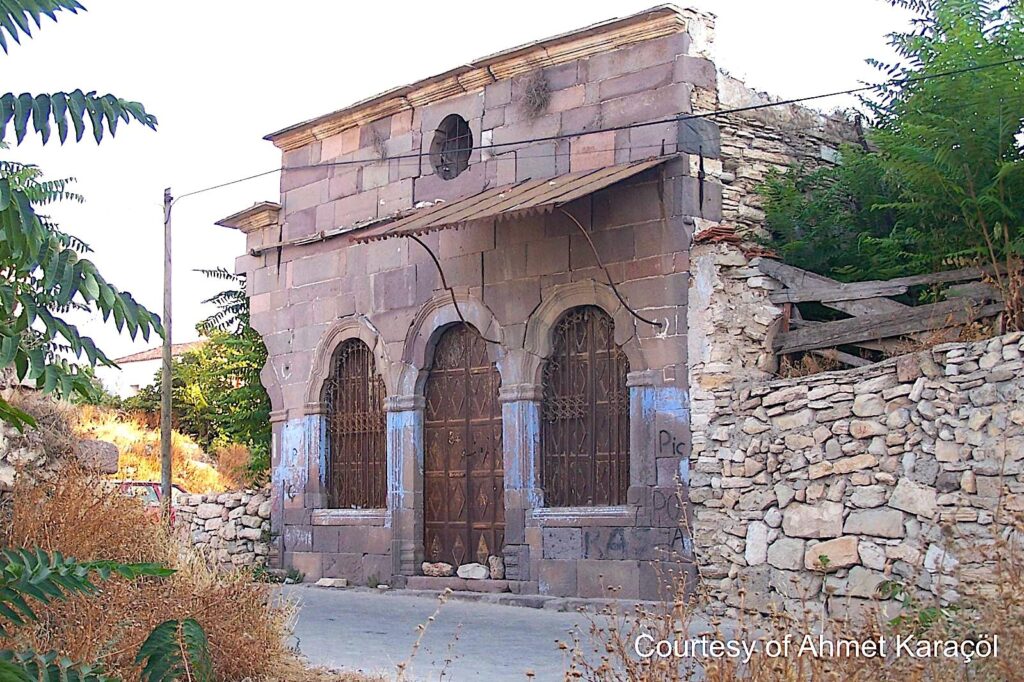
Old Tobacco Warehouse
Location: İsmet İnönü, 2009. Sk., 35930 Çeşme/İzmir.
The ruins of the historic building – Old Tobacco Warehouse, situated on the corner of 2010 Sk., are seventy metres along 2009 Sk. (Maraş Street) from the ruins of the Jewish Fabric Market.
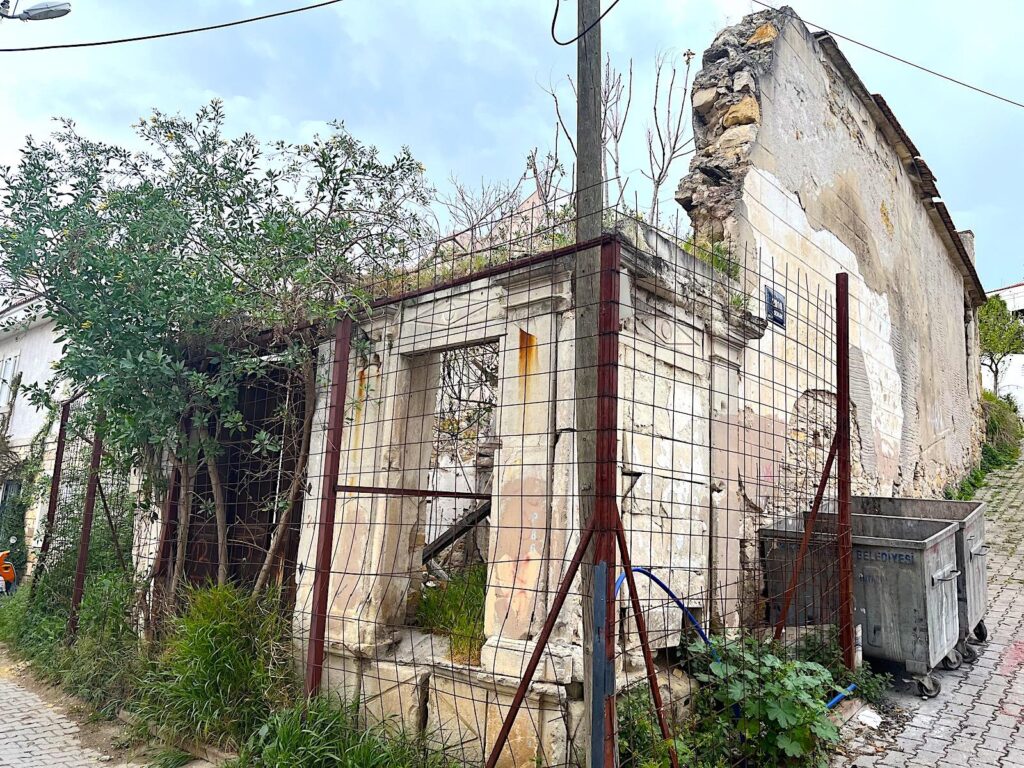
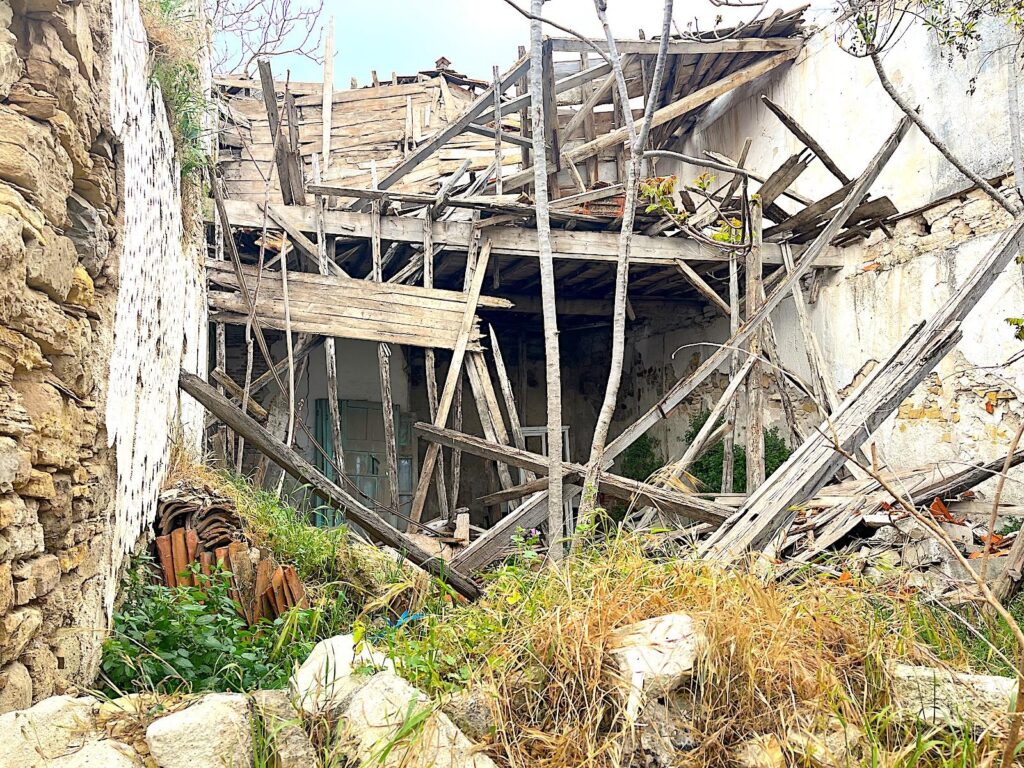
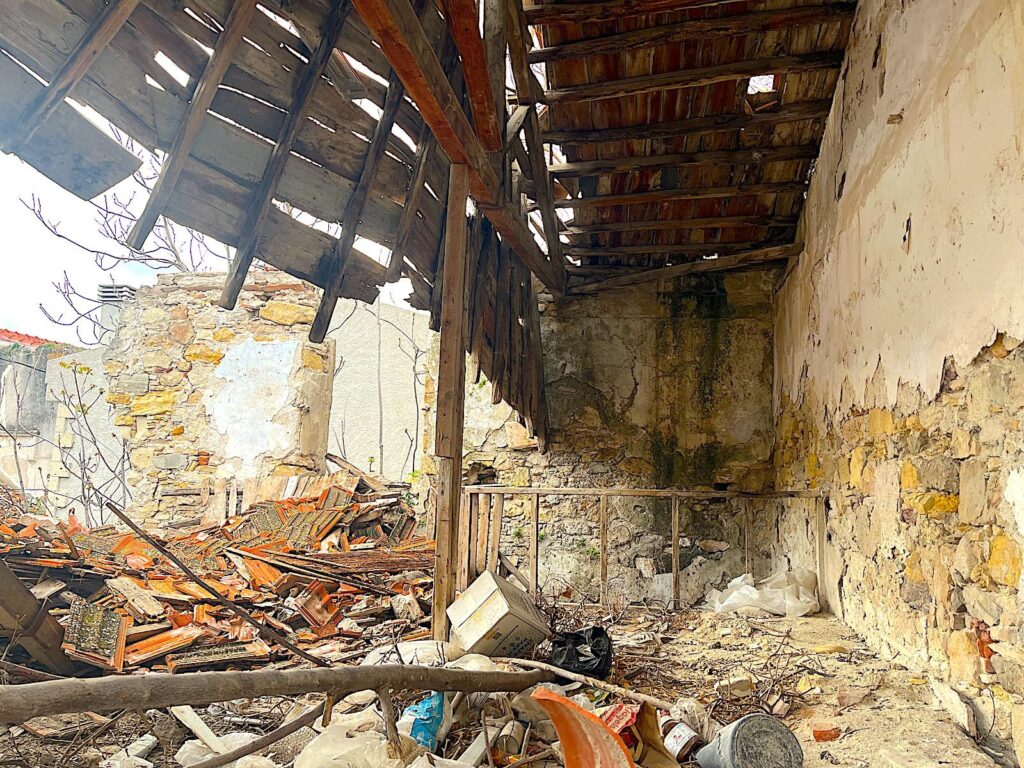
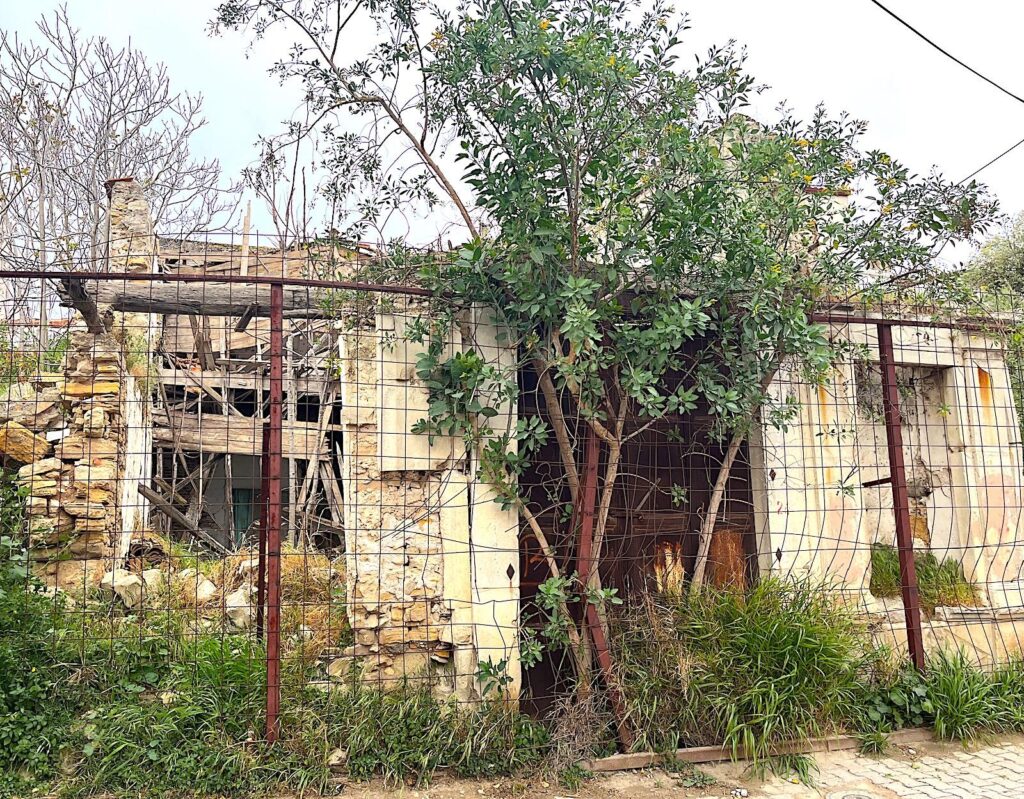
See also: LikeCesme.com – Fountains of Çeşme
